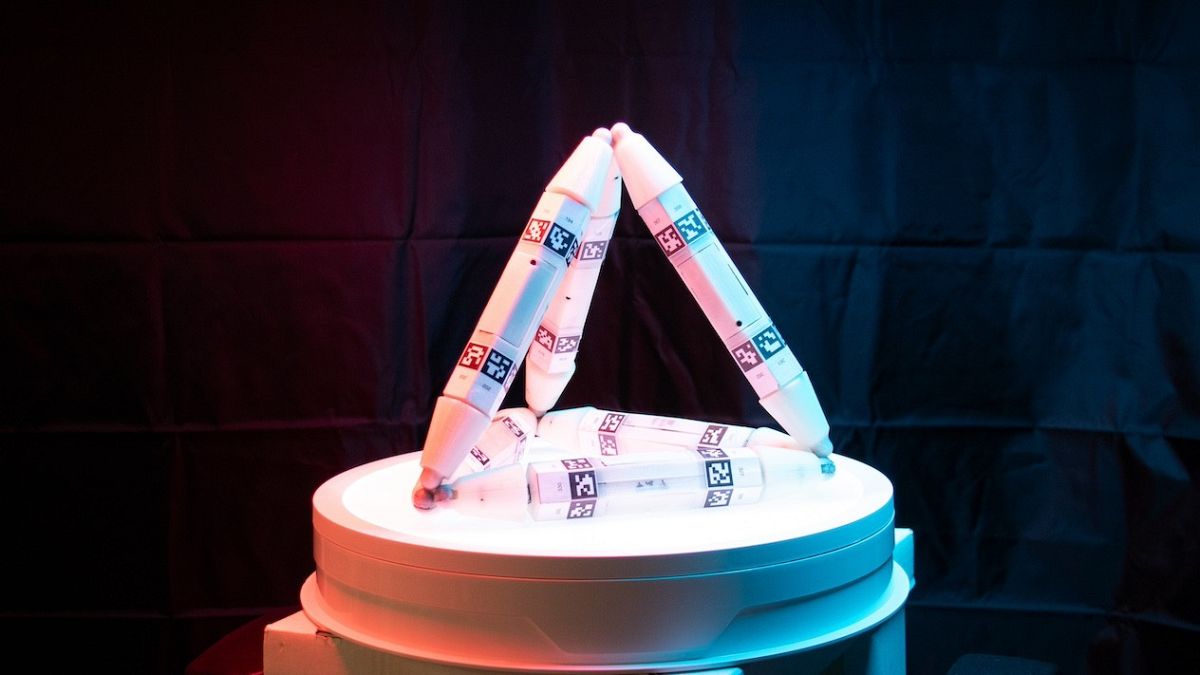Meet the Robot That Eats Other Robots to Survive! 🤖🍽️










2025-07-24T13:02:27Z

What if I told you there’s a robot that can literally ‘heal’ itself by consuming parts from other robots? That’s right! Researchers at Columbia University are pushing the boundaries of robotics with their innovative creation, the Truss Link. This isn’t just another transformer mechanism; it’s a groundbreaking step towards true robotic autonomy!
Imagine a machine that doesn’t just think for itself but can physically sustain itself by absorbing the remains of its robotic comrades. Philippe Martin Wyder, the brain behind this incredible invention, emphasizes that true autonomy means robots must be able to both think and survive independently. This concept of ‘robot metabolism’ is as fascinating as it sounds—akin to how living organisms consume resources to thrive.
The Truss Link is constructed with magnetic sticks, allowing it to morph from a flat form into a three-dimensional shape that can adapt to various environments. It’s even able to add functional parts from other robots while discarding those that are broken or outdated. This incredible flexibility means it can operate more efficiently in real-time!
In an eye-opening demonstration, the Truss Link merges with a nearby piece and transforms it into a ‘walking stick,’ enhancing its speed by an astonishing 50%. Talk about a power-up!
In a video shared by Columbia Engineering, the researchers highlight how this technology can create a digital connection to the physical world, effectively giving 'legs' to artificial intelligence. With its integration of AI, the potential applications for the Truss Link are vast—think marine research, rescue operations, and even extraterrestrial exploration.
Wyder envisions a future where AI can construct physical structures or robots as effortlessly as it can draft emails today. As the technology continues to evolve, even the challenges of robot programming could become a thing of the past, paving the way for everyday users to engage with these machines, not just seasoned engineers.
 Maria Kostova
Maria Kostova
Source of the news: Euronews.com